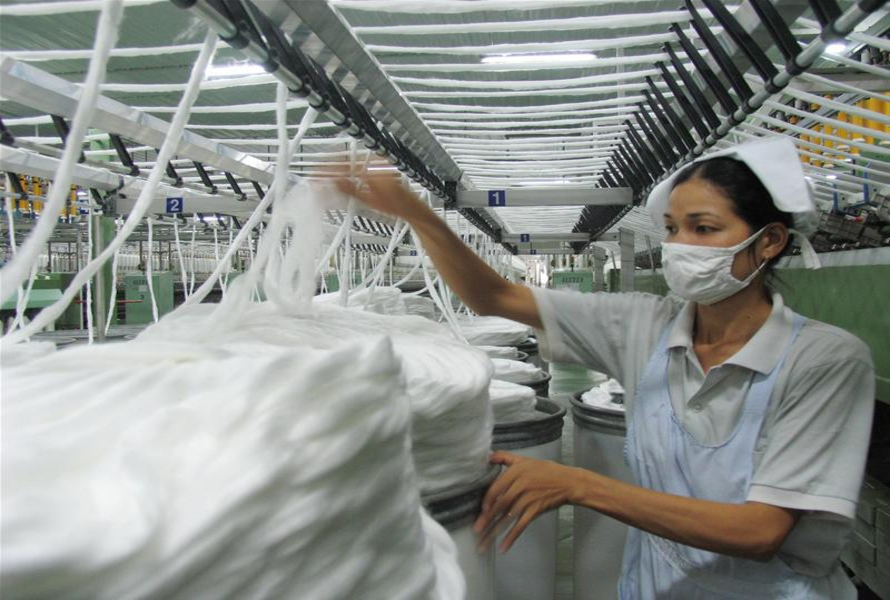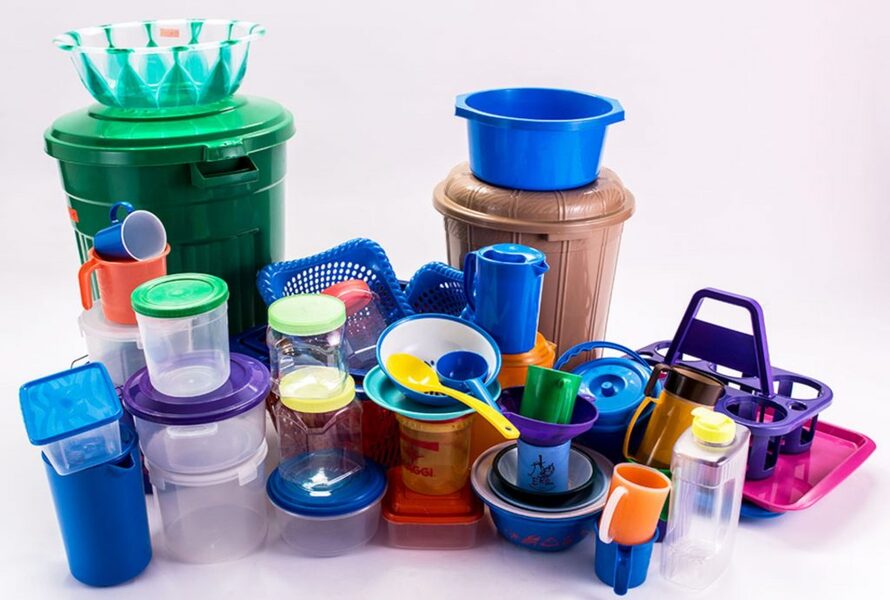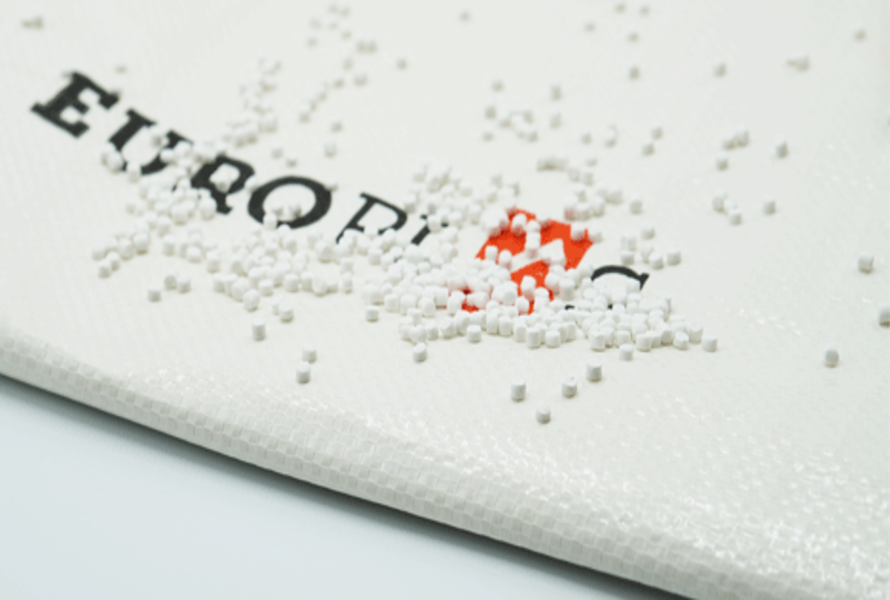Deodorizing plastic additives will minimize or eliminate unwanted odors that appear on plastic products when the processing is finished. In particular, additives are commonly used for recycled plastics. In addition, deodorizing plastic additives not only increase the hygiene and safety of the product but also develop its basic properties and competitiveness. In the article below, EuroPlas will analyze in detail the definition, uses, applications and notes when using deodorizing additives in the plastics industry.
1. What are deodorizing additives?
Deodorizing additives act as a neutralizer, inhibiting the production of chemicals that create unpleasant odors for plastic products during and after the processing process. In particular, this scent often appears in recycled plastics because the pre-processing fuel cleaning process may not completely remove it.
In particular, deodorizing additives not only minimize or eliminate the unpleasant scent but also prevent the absorption of irritating chemicals that affect the physical and chemical structure of plastic products. Odor control additives are widely used in rubber plastic products, household appliances, textile packaging or toy industries. Products made from crushed recycled plastic pellets are also often combined with deodorizing additives.

Deodorizing additives are used in many important fields.
These are general definitions of deodorizing additives. In the next section, EuroPlas will demonstrate the importance of this additive in the plastics industry. Don't miss it!
2. Why is it necessary to use deodorizing additives in the plastic industry?
Controlling the scent of plastic products during the processing, storage and transportation to customers is an urgent process for all manufacturers to ensure that product quality is always maintained at the best level. Controlling product odor has almost become an important need because the scent can be produced from many stages and manufacturers need to control these factors well.
The deodorizing additive itself acts as a protective layer and a neutralizer that always exists in the structure of plastic products to prevent the generation or irritation of unwanted scent-creating substances from the outside environment. Next, the unpleasant scent of plastic can come from the uneven dispersion of other plastic additives such as: Color additives, anti-light additives, brightening additives, fire retardant additives.
In addition, the residual monomers also affect the scent of the product because if these monomers do not react completely during the manufacturing process, they will remain in the final product and create a scent. Therefore, the presence of deodorizing additives will inhibit the reactions and interactions of the remaining compounds, thereby minimizing and gradually eliminating the scents from the structure of plastic products.
For the plastic industry, suppliers often produce and store large quantities in warehouses. Plastic products can be exposed to many external factors such as: Humidity, temperature, weather, light, ..., so they are easily degraded, irritated and emit unpleasant scents. That is the reason why deodorizing additives are used with plastic components during the processing to protect the structure of the product from environmental impacts and minimize scent irritation during long-term storage and transportation.
In particular, deodorizing additives not only enhance the competitive value of plastic products but also prevent and protect consumers' health from potential diseases related to inhaling or being exposed to unpleasant odors or toxic substances from plastics for a long time. Next, deodorizing additives form a strong bond between the molecular structure inside the plastic components to help them resist the negative effects of environmental pollutants. Typical pollutants come from the raw materials used in the production process, from the equipment used to process plastics, or from the environment in which plastics are stored. In general, these are the reasons why deodorizing additives are commonly used in the plastics industry.
3. Application of deodorizing additives
-
Toy industry: Toys come into direct contact with children and are often not carefully preserved by parents. In addition, children can carry toys everywhere, so we cannot avoid plastic toys being exposed to environmental factors and being affected in structure, thereby producing unpleasant odors. Therefore, deodorizing additives and some other types of plastic additives such as: moisture-absorbing additives, anti-stick additives, processing aids are used in the production of plastic toys to ensure durability and safety for children's health.
-
Packaging industry: Plastic bags or packaging are often in contact with many foods or different storage conditions. In particular, packaging is very easy to emit unpleasant odors if in a humid environment or after a long time of use. Moreover, they are also very easy to melt or stick together. Therefore, manufacturers will add deodorizing additives to their ingredient groups to maintain their environmentally and consumer-friendly properties.
-
Rubber products: Products such as new rubber mattresses often emit a very strong odor because they are wrapped in many layers and are subjected to long-term travel, so the factors of temperature, humidity and air circulation inside the material structure are seriously affected. Not only that, the production process of rubber products often produces odor-causing compounds such as: H2S, CH4 gas, Mercaptan, ... That is the reason why deodorizing additives are commonly used in this field.

The textile and fashion industry also uses deodorizing additives for clothing and fabric products to maintain quality.
-
Fashion industry: Textile and clothing products are used every day and are often exposed to outdoor conditions. In addition, improper storage or washing can easily cause them to produce unpleasant odors and affect the consumer's sense of touch. Deodorizing additives are used as raw materials to support the basic properties of textile fibers, thereby forming strong bonds to minimize odor irritation during long-term use.
-
Household products: Household products such as: Plastic cups, plastic bottles, plastic barrels, plastic straws used in daily life are also very easy to emit odors if they are not cleaned carefully. These are popular products and can affect the health of consumers. Therefore, deodorizing additives partly support them in improving the quality and scent. However, consumers also need to pay attention to cheap and poor quality plastic consumer goods on the market, we need to regularly check the surface, characteristics, scent or shape of the product to replace it in time.
4. Notes when using deodorizing additives
Although deodorizing additives have unique characteristics and properties in blocking, locking and removing unpleasant odors, they also have disadvantages if customers do not use them properly. Refer to the top 6 important notes below:
-
Use the correct dosage per manufacturer's regulations. Using the correct dosage not only helps customers save a lot of input material costs but also minimizes the residual state of plastic additives - this is also one of the causes of the formation of scents and irritants in the final product.
-
Adjust the appropriate temperature: Manufacturers must continuously monitor the processing of plastic products when they are combined with specialized additives. Additives will appear to precipitate and remain in the physical structure of the product if the processing temperature is not maintained at a stable level. Each type of plastic will have its own temperature requirements, the average level is usually above 100 degrees Celsius.
-
Do not combine too many additives in the same plastic product because when the plastic is heated and shaped, additives such as stabilizers, softeners, and antioxidants can decompose, releasing volatile organic compounds (VOCs). This is the factor that forms the characteristic smell of new plastic. Therefore, if too many additives are used together, the deodorizing additives will not have enough content to maximize their effectiveness and the scent will become even stronger.
-
For plastic additives to function properly, suppliers must also ensure storage and transportation. Set up ventilation, air filtration, air conditioning systems and spacious warehouse areas to continuously regenerate new air and minimize humidity, overheating or bacteria affecting the final plastic product.

Household items are combined with deodorizing additives during processing.
-
During the processing, manufacturers should also combine additional methods to solve this problem. EuroPlas can suggest the following: Use plasma jets or vacuum deodorization technology to remove odor-causing agents from deep within the material structure.
-
In particular, consumers must be very careful when purchasing new plastic products. First, we need to wash them many times with warm water and soak them in vinegar or baking soda to remove unpleasant odors. Next, you must store the products in a dry environment, avoiding direct sunlight or mold to ensure the longevity of the deodorizing additives inside the plastic product. Normally, the life cycle of household plastic products is best from 6 - 7 months. Consumers need to consider replacing them to ensure health safety.
-
Each industry and product will have its own formula for combining specialty plastics. You need to consult and choose a reputable supplier for the most detailed instructions on use. The core goal is still to create a synergy between many different types of plastic additives in the same product. However, if they are incompatible compounds and the quantity is uneven, the "incompatible" situation will occur immediately and negatively affect the overall quality of the batch. Therefore, do not try to mix deodorant additives with too many other groups of additives, instead simplify the formula and consult experts.
In addition to important notes when using deodorizing additives, EuroPlas also offers customers new and effective ways to deodorize plastic in production. EuroPlas is one of the largest suppliers and manufacturers of filler masterbatch in Vietnam. Moreover, we not only provide optimal production solutions but also a source of quality plastic raw materials and plastic additives for domestic and foreign markets. Check out EuroPlas's deodorizing additives now!
5. About EuroPlas deodorizing additives
Deodorizing additives at EuroPlas are suitable for use with recycled plastics to improve competitiveness and product quality. Our deodorizing additives have the following 3 outstanding advantages:
-
High compatibility: They can be combined with many different popular plastics such as: PP, PVC, PET,... without worrying about polymer decomposition after a long time of use. Therefore, deodorizing additives at EuroPlas are applied in many fields such as: Textiles, toys, household goods, rubber products,..
-
The product possesses all 4 specialized mechanisms such as: Odor removal - odor lock - odor destruction and odor masking. They not only create an area to absorb VOCs compounds but also create conditions for CO2 to evaporate to remove unpleasant odors from the product to improve their quality.
-
Product diversity: In addition to deodorizing additives, EuroPlas also plays a consulting role and provides other groups of additives that can be combined such as: Fire retardant additives, anti-aging plastic additives, moisture absorbing additives, etc

Deodorizing additives can be easily combined with other common additives and resins
Europlas provides optimal deodorizing solutions for customers without affecting the characteristics of the final product. Our products are specifically designed based on requirements and are highly compatible with different types of base plastics. With more than 15 years in the field of manufacturing and distributing plastic additives, EuroPlas always strives to bring customers the best quality products.
EuroPlas has introduced to customers the importance, practical applications and important notes when using deodorizing additives in the plastics industry. Please continue to follow EuroPlas to update the latest news about products and domestic and foreign plastics market news.